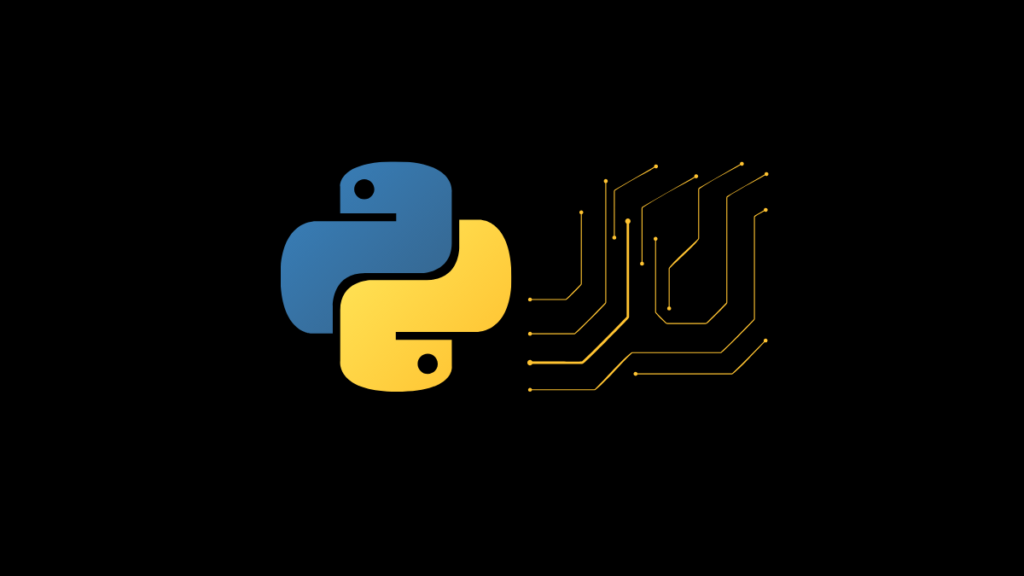Python is a versatile programming language that has become a popular choice for data scientists. Its simplicity, readability, and vast ecosystem of libraries make it an ideal tool for data manipulation, analysis, and visualization. If you’re new to the field of data science or seeking to enhance your skills, understanding the Python roadmap can help you navigate the learning journey more effectively.
Starting with the Fundamentals
Before diving into data science, it’s essential to grasp the basics of Python. Begin by learning the core concepts of the language, such as data types, control flow statements, functions, and object-oriented programming. Familiarize yourself with popular Python libraries like NumPy and Pandas, which are indispensable for data manipulation and analysis.
Exploring Data Analysis
Once you’ve mastered the fundamentals, delve into data analysis with Python. Pandas, a powerful data manipulation library, will become your go-to tool for reading, cleaning, and transforming data. Learn how to handle missing values, perform data transformations, and merge datasets.
Additionally, familiarize yourself with data visualization libraries like Matplotlib and Seaborn. These tools will enable you to create compelling visualizations, helping you uncover insights and communicate your findings effectively.
Mastering Machine Learning
Machine learning is a critical component of data science, and Python offers a wealth of libraries to support this domain. Start with the fundamentals of machine learning algorithms, such as supervised and unsupervised learning techniques.
Next, explore scikit-learn, a powerful machine learning library that provides a wide range of algorithms for classification, regression, clustering, and dimensionality reduction. As you progress, delve into advanced topics like deep learning with libraries like TensorFlow and Keras.
Embracing Big Data
In today’s world, data comes in various forms and sizes. As a data scientist, you’ll need to handle large and complex datasets efficiently. Familiarize yourself with big data tools and frameworks like Apache Spark and Dask, which allow you to process and analyze massive datasets in a distributed computing environment.
Diving into Specialized Domains
Depending on your interests and career goals, you may want to specialize in specific domains within data science. For example, if you’re interested in natural language processing (NLP), explore libraries like NLTK and spaCy. If you’re drawn to computer vision, delve into OpenCV and other computer vision libraries.
Continuous Learning and Practice
Data science is a rapidly evolving field, and staying up-to-date with the latest trends and technologies is crucial. Regularly participate in online courses, attend workshops, and engage with the data science community through forums, meetups, and conferences.
Additionally, hands-on practice is essential for solidifying your skills. Participate in data science competitions, work on personal projects, or contribute to open-source projects to gain practical experience and expand your portfolio.
Conclusion
The Python roadmap for data science is a journey that requires dedication, perseverance, and a willingness to learn continuously. By starting with the fundamentals, mastering essential libraries, and exploring specialized domains, you’ll be well-equipped to tackle data science challenges and contribute to this exciting field. Remember, the road may be long, but the rewards are immense.


